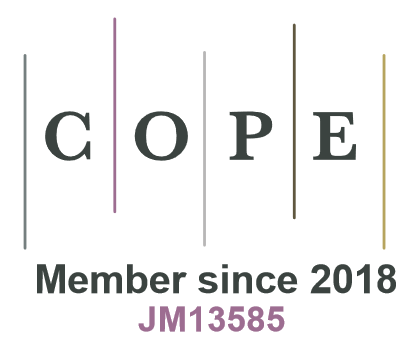Articles by Tobias Cremer
Category : Research article
In terms of assessing economic impact, one of the most important elements in the wood supply chain is the measurement of round wood. Besides the one-by-one measurement of logs, logs are often measured when stacked at the forest road. The gross stacked volume includes the volume of the wood, bark and airspace and is widely used for industrial wood assortments. The increasing international attention given to photo-optical measurement systems for portable devices is due to their simplicity of use and efficiency. The aim of this study was to compare the gross volumes of hardwood log stacks measured using one widespread photo-optical app with two manual section-wise volume estimations of log stacks based on the German framework agreement for timber trade (RVR). The manual volume estimations were done starting from the left (RVRleft) and right (RVRright) sides of the log stacks. The results showed an average deviation of the photo-optical gross volume estimation in comparison to the manual estimation of –2.09% (RVRleft) and –3.66% (RVRright) while the deviation between RVRleft and RVRright was +2.54%. However, the log stack gross volume had a highly significant effect on the deviation and better accuracy with smaller deviation were reached for larger log stacks. Moreover, results indicated that the gross volume estimations of higher quality log stacks were closer for the three analyzed methods compared to estimations of poor-quality log stacks.
Category : Review article
In commercial transaction of stacked roundwood, the estimation of the stack net volume plays a key role. One generalized method to determine the net volume is using conversion factors that relate the gross and net volumes. In this literature review the developed methods to estimate the conversion factors as well as their influencing parameters were analyzed based on 153 references from America and Europe. According to the results, 48 different methods (including their variants) for estimating the conversion factors were developed. The newest methods enabled their accurate determination inexpensively, e.g., photo-optical methods or 3D simulation models. The analyzed references revealed that 30 parameters influence the conversion factors. Based on this comprehensive review, each stakeholder involved in the roundwood supply chain can know which method is used for estimating the conversion factors in the analyzed territories and which influencing parameters should be considered when purchasing roundwood in order to accurately assess the solid wood content in the stacks.



